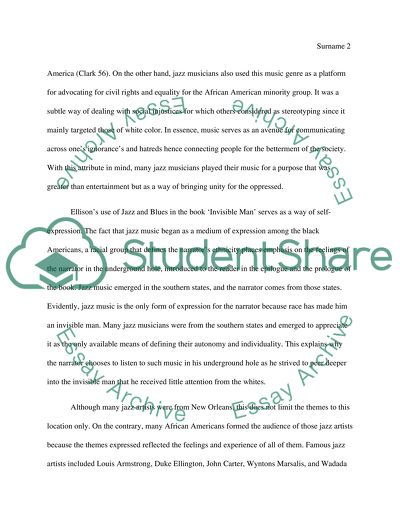Cite this document
(“The Blues and Jazz Research Paper Example | Topics and Well Written Essays - 1750 words”, n.d.)
Retrieved from https://studentshare.org/english/1497121-the-blues-and-jazz
Retrieved from https://studentshare.org/english/1497121-the-blues-and-jazz
(The Blues and Jazz Research Paper Example | Topics and Well Written Essays - 1750 Words)
https://studentshare.org/english/1497121-the-blues-and-jazz.
https://studentshare.org/english/1497121-the-blues-and-jazz.
“The Blues and Jazz Research Paper Example | Topics and Well Written Essays - 1750 Words”, n.d. https://studentshare.org/english/1497121-the-blues-and-jazz.


